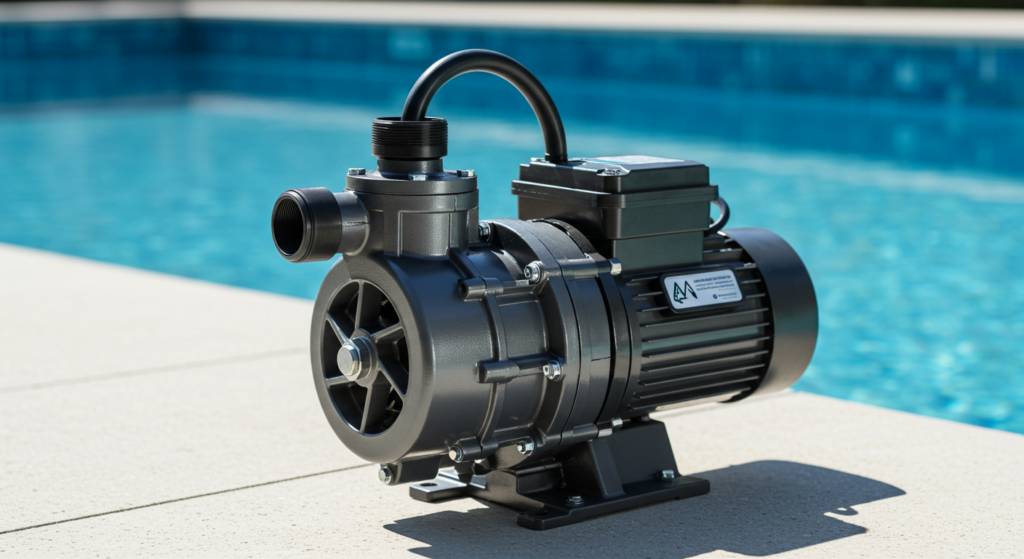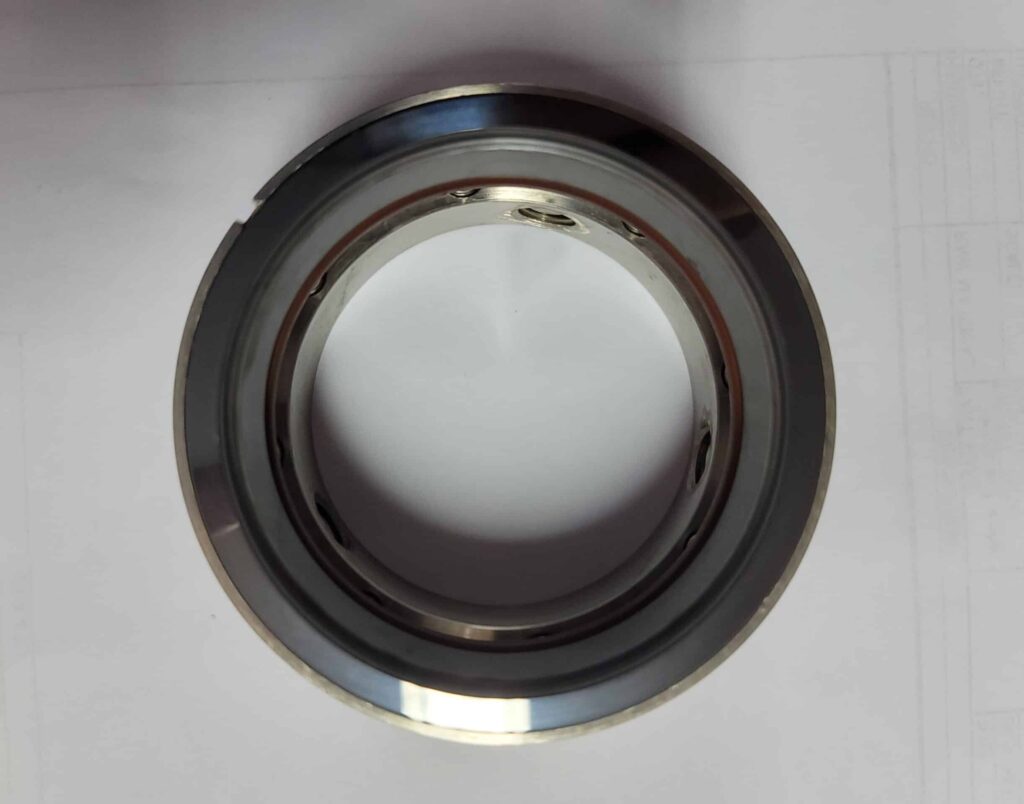
How Mechanical Seals Rely on Lubrication
The proper functioning of mechanical seals relies heavily on the presence of a thin fluid film between the seal faces. This fluid film, typically the pumped medium itself or a barrier fluid, serves as a lubricant to reduce friction and heat generation between the stationary and rotating seal faces. Without adequate lubrication, mechanical seals can quickly overheat and fail, leading to costly downtime and repairs.
The Risks of Running Mechanical Seals Dry
Excessive Heat and Friction Caused by Lack of Lubrication
When a mechanical seal runs dry, the absence of a lubricating fluid film causes direct contact between the seal faces. This metal-to-metal contact generates significant friction and heat, which can rapidly escalate to destructive levels. The excessive heat not only damages the seal faces but can also cause thermal distortion, altering the geometric properties of the sealing components and compromising their ability to maintain a proper seal.
Rapid Wear and Damage to Seal Faces (Cracking, Scoring, Pitting)
The combination of high friction and heat resulting from dry running accelerates the wear of mechanical seal faces. Without lubrication, the seal faces are subjected to severe stress, leading to surface cracking, scoring, and pitting. These surface imperfections further disrupt the sealing ability of the faces, allowing leakage to occur. The degradation of the sealing surfaces is often irreversible, necessitating costly seal replacement.
Leakage and Premature Seal Failure
As the seal faces deteriorate due to dry running, the likelihood of fluid leakage increases significantly. The damaged seal faces no longer provide an effective sealing barrier, allowing process fluid to escape from the system. Leakage not only results in loss of valuable product or contamination of the environment but also poses safety risks, particularly when dealing with hazardous or flammable fluids. Premature seal failure due to dry running can lead to unscheduled downtime, increased maintenance costs, and potential environmental and safety consequences.
Can Any Mechanical Seals Tolerate Dry Running
While most mechanical seals are designed to operate with a lubricating fluid film, some specialized seals are engineered to withstand short periods of dry running. These seals typically incorporate advanced materials, such as silicon carbide or diamond-like carbon coatings, which have lower friction coefficients and higher heat resistance compared to traditional seal face materials. However, even these specialized seals have limitations and are not intended for prolonged dry running.
Common Causes of Dry Running
- Improper pump startup: Starting a pump without ensuring that it is properly primed and filled with fluid can lead to dry running.
- Inadequate fluid supply: If the pumped fluid supply is interrupted or insufficient, the mechanical seal may run dry.
- Cavitation: Occurs when the fluid pressure drops below its vapor pressure, forming vapor bubbles that collapse near the seal faces, causing erosion and leading to dry running.
- Incorrect seal installation: Misalignment or improper installation of the mechanical seal can prevent the formation of a proper fluid film, resulting in dry running.
- Seal cooler or flush system failure: If the seal cooling or flushing system malfunctions, the mechanical seal may not receive adequate lubrication.
Preventing Mechanical Seals from Running Dry
- Ensure Pump Priming: Always ensure that the pump is properly primed and filled with fluid before starting it up. This can be done by using a priming system or manually filling the pump casing with fluid.
- Install Protective Sensors: Implement sensors, such as flow meters or pressure switches, to help detect low fluid levels or interrupted fluid supply. These sensors can be connected to the control system to automatically shut down the pump in case of dry running conditions.
- Utilize Seal Flush Plans: Employ seal flush plans, such as API Plan 11, 13, or 32, to provide a continuous flow of clean, cool fluid to the mechanical seal faces. These flush plans help maintain lubrication and reduce the risk of dry running.
- Proper Seal Management: Ensure that mechanical seals are installed correctly, with proper alignment and torque settings. Conduct regular maintenance, including seal inspections and replacements as needed. Follow the manufacturer’s guidelines for seal operation, including startup and shutdown procedures, to minimize the risk of dry running.
FAQs
How long can a mechanical seal run dry
Running dry can cause severe damage within seconds. Most mechanical seals will fail in less than 30 seconds without proper lubrication.






